5. On Her Majesty’s Secret Service
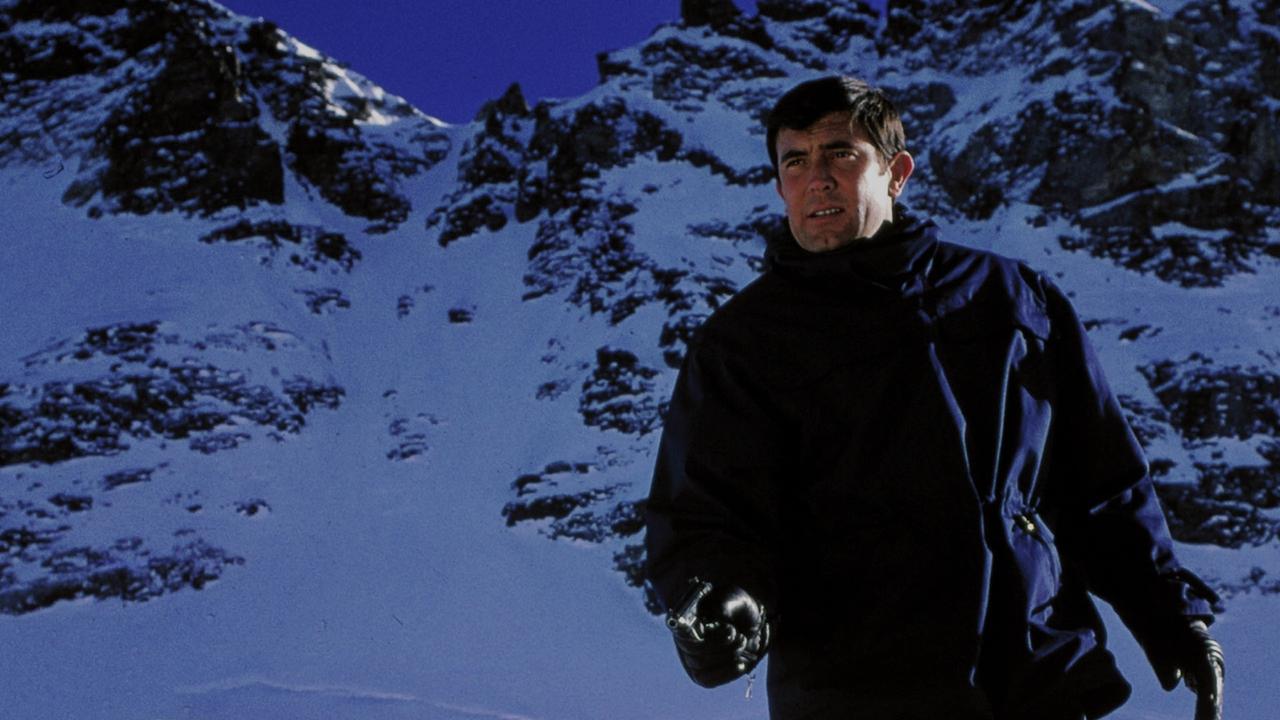
The first film in the core James Bond franchise not to star Sean Connery, On Her Majesty’s Secret Service came as quite a shock to audiences in 1969; Bond was less suave and more human, as he considers leaving MI6 altogether when he’s swayed by the powerful stranger Tracy di Vicnezo (Diana Rigg) that melts his heart.
The character had previously only been seen as the epitome of cool, and On Her Majesty’s Secret Service dared to make this iconic spy into a three dimensional character who is ultimately unable to save the only thing he’s ever cared about. George Lazenby wasn’t imitating Sean Connery, and played Bond as if he was a plucky hero trapped within a Shakespearean tragedy.
Compared to the previous Bond films that were very plot driven, On Her Majesty’s Secret Service was much more avant garde, finding a suspenseful tone as the icy backdrop takes its toll on Tracy and Bond. The bizarre plot, which focuses on an attempt by Blofield to brainwash the world through chemical warfare, forces Bond into positions he’s never had to be in before; the character that usually introduces himself right away is even forced to disguise himself at one point.
The tragically ironic ending is cruel in how crushing it is, and holds up even better as it would be the last time Lazenby would ever play 007. A satisfying standalone, On Her Majesty’s Secret Service has overcome its initially lukewarm reaction and is clearly one of the best James Bond films of all-time.
4. Miami Vice
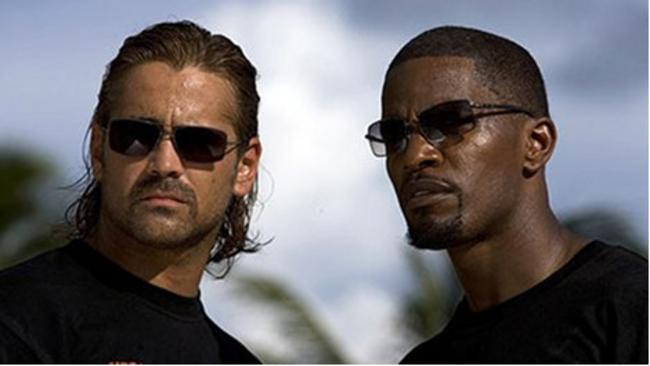
When Michael Mann returned to the world of Miami Vice over fifteen years after the series left the air, no one could have predicted the profound impact his new adaptation would have; with its inventive use of digital photography, fast cuts between multiple locations, somber tone, and dark lighting, 2006’s Miami Vice took an oddly pensive approach to the action genre. Tubbs (Jamie Foxx) and Crockett (Colin Farrrell) find themselves falling deep within a web of drug ring conspiracies, but the search for clues only puts their livelihoods in greater peril as they become defined by their failures.
The plot is often hard to completely follow, and Mann clearly intends for his audience to be taken in by the way the film feels; the muted colors and realistic cinematography makes each environment feel lived in, and even the line deliveries from Foxx and Farrell are played to be as cool and slick as possible; this is the best representation of the pitch “MTV Cops” which inspired the original Miami Vice series.
Beneath the polished surface, there’s challenging philosophical questions about where the search for justice ever ends. Miami Vice has grown past the initial criticisms that its a weaker effort from Mann, and has become one of the most celebrated action films of the 21st Century.
3. Southland Tales
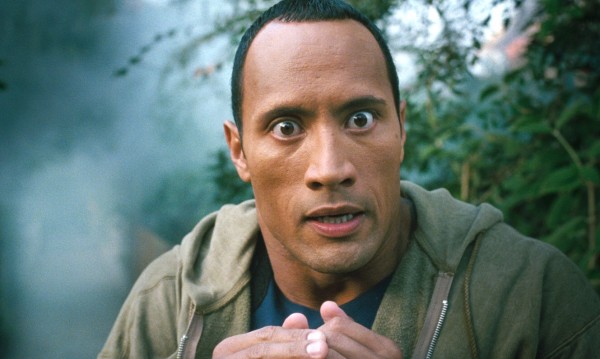
Victim to one of the most disastrous premieres in the history of the Cannes Film Festival, Southland Tales received a botched theatrical release that was significantly edited down. Richard Kelly’s follow up to Donnie Darko is easily one of the most confusing movies ever made; set in an alternate reality of Los Angeles in 2008, the film fits storylines revolving around an oppressive Republican government, a violent Marxist rebellion, police brutality, the cultural dominance of the Hollywood elite, corporate culture, renewable resources, and the drug market into an abstract satire that also happens to feature time travel and alternate dimensions.
It’s almost impossible to fully understand Southland Tales’s narrative, but the film’s complex web of obtuse characters and organizations serve as a perfect time capsule for the anxieties pertinent when it came out. Written by Richard Kelly post-9/11, Southland Tales is never subtle in what it’s satirizing, but seeks to explore how hard it is to keep track of all the transparent issues overwhelming people in the early 2000s.
The film’s glossy, music video stylization of the future couldn’t be a better embodiment of what the future may have felt like in 2006, and Kelly gets bizzare performances from his ensemble, particularly Sarah Michelle Gellar and Dwayne Johnson; they’re making choices, and for better or worse it’s impossible not to watch them try. A bizarre dream scene where Justin Timberlake lip syncs to The Killer’s “All These Things That I’ve Done” stands as an embodiment of the abrasive auteurism of Southland Tales; regardless of what audiences make of it, they’re certainly feeling something.
2. Twin Peaks: Fire Walk With Me
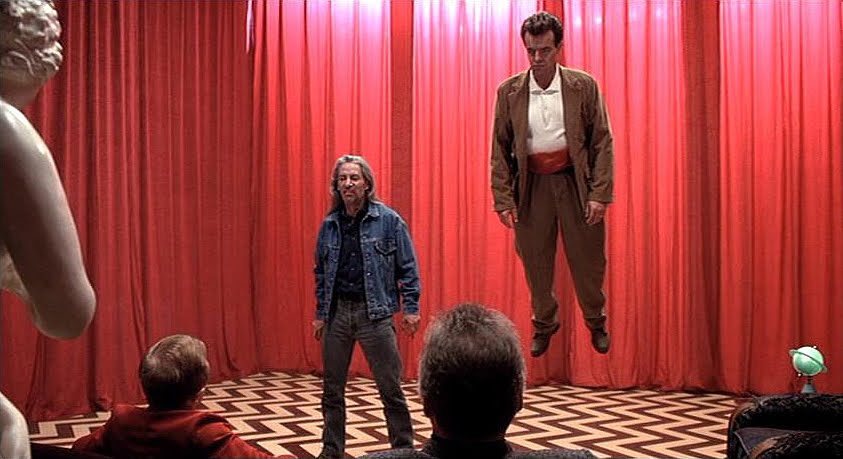
One year after Twin Peaks was unceremoniously cancelled by ABC, David Lynch returned to his idiosyncratic mystery drama with the prequel film Twin Peaks: Fire Walk With Me, which explored the last week in the life of Laura Palmer, whose death was the central mystery of the original series.
Fans expecting a conclusion to the shocking cliffhanger at the end of the second season were sorely disappointed, and left with even more questions as Fire Walk With Me introduced new characters and storylines to the Twin Peaks mythology. The film was also a deliberate change of pace from the often humorous series; gone were the amusing anecdotes of Agent Cooper and pals, as Lynch depicted Laura’s tortured existence in horrifying detail.
It’s often a grueling watch, but Fire Walk With Me transforms the series into one of the most disturbing films ever made about surviving trauma. The spirit of Laura to continue to the bitter end is often a hard one to witness, as the town itself completely abandons her to be preyed upon, and Sheryl Lee brings a rich humanity to a character who was previously only talked about.
Ray Wise also does a great job portraying Laura’s father and killer Leland, with Lynch suggesting that there may be a sinister nature to Leland himself that is separate from the evil entity BOB. 2017’s Twin Peaks: The Return built on many of these story elements, particularly the appearance of David Bowie as FBI Special Agent Phillip Jeffries, making Fire Walk With Me an essential watch.
1. Blow Out
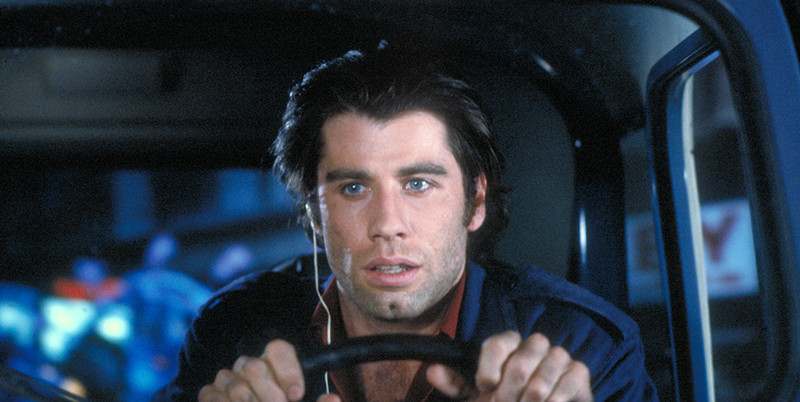
It seems hard to believe that Brian De Palma’s masterpiece would ever be considered anything other than brilliant noir, but Blow Out generated much skepticism when it debuted in 1981, eventually bombing at the box office and turning audiences off with its stunning finale. Suffice to say, it’s a film that’s aged gracefully and has transcended its initial reputation as a cult hit into one of the most beloved mystery thrillers of all-time.
Following a lowly sound technician (John Travolta) who inadvertently bears witness to a botched political assassination attempt, the film puts the audience directly in the shoes of its protagonist as his obsessive search for answers and commitment to process finds him caught within a conspiracy.
Bookending the narrative with scenes from a low budget slasher film that Travolta’s character works on, Blow Out makes it clear that above all else it’s a film about patience and process. The scenes in which Travolta meticulously searches through sound clips for clues as to what he’s witnessed reflect the attention to detail De Palma is operating with, and the allusions to Hitchcock films immediately establish that De Palma is aware of his influences.
However, it’s not just a Hitchcock imitator; there’s a sleazy, psychosexual tension to the film’s mix of sexuality and violence, with a lead character that’s much seedier than any of Hitchcock’s everyman thrust into extraordinary circumstances.
Brian De Palma’s merit as a filmmaker continues to be debated to this day, but Blow Out continues to stand out as the work of someone with a complete understanding of the medium. De Palma’s emphasis on building visual and audio peculiarities is successful in creating tension that exists outside of plot, culminating in one of the most beautifully tragic ending sequences ever put to screen. Rising past initial debates, Blow Out transcends any initial controversy and has found it place among the quintessential political conspiracy films.